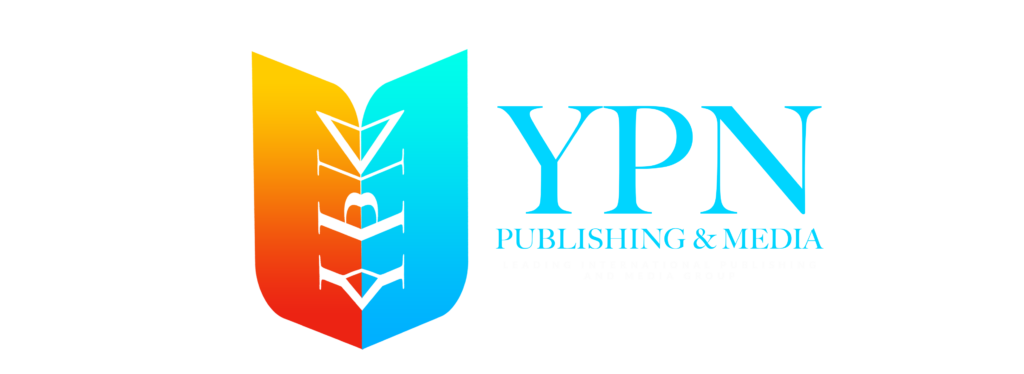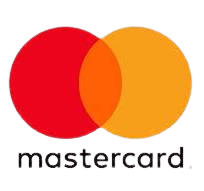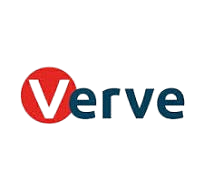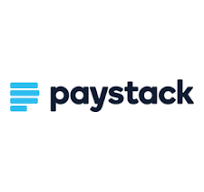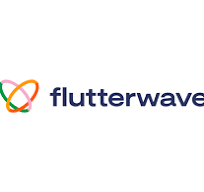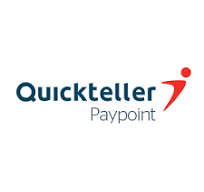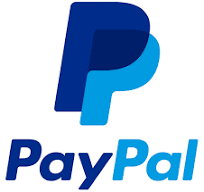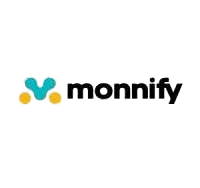Imagine this: You’ve poured months—maybe years—into writing your book. You’ve edited, designed, and finally uploaded it to a publishing platform. But now, you face a critical question: How much should I charge for it?
Price it too high, and potential readers might scroll past. Price it too low, and you could be undervaluing your work—or worse, barely making a profit.
Here’s the truth: Pricing a book is not a guessing game. It’s a science. Successful self-published authors don’t just pick a random number; they analyze the market, test different prices, and use strategic pricing techniques to maximize both sales and profits.
In this in-depth guide, we’re going to break down everything you need to know about pricing your self-published book—whether it’s an eBook or print edition. You’ll discover the best pricing strategies, common mistakes to avoid, and how to ensure your book gets noticed while making you money.
1. Understanding the Market: What Are Other Authors Charging?
Before setting a price, the first thing you need to do is study your competitors. Your book is not existing in a vacuum—it’s in a marketplace where readers compare prices before making a decision.
How to Analyze Competitor Pricing:
- Head over to Amazon, Barnes & Noble, Kobo, and Apple Books. Search for books similar to yours.
- Look at top-selling books in your genre. How much are readers willing to pay?
- Check book length and format. A short eBook is typically priced lower than a full-length novel or non-fiction guide.
- Observe traditionally published books. While their pricing may be higher due to publishing costs, they still give insight into industry standards.
Once you understand what similar books are priced at, you’ll have a baseline for setting your own price.
2. eBooks vs. Print Books: Pricing Strategies That Work
Pricing isn’t the same for all formats. An eBook and a print book have different costs, buyer expectations, and pricing strategies.
How to Price an eBook for Maximum Sales
For self-published eBooks, the most profitable price range is typically $2.99–$9.99. Why?
- Amazon rewards authors with a 70% royalty for books priced between $2.99 and $9.99. Anything outside this range earns only 35% royalties (unless you’re in select international markets).
- Lower prices make it easier for readers to impulse buy. A $2.99 or $4.99 book is an easy purchase, while a $12.99 eBook might cause hesitation.
- Discounts work better with lower pricing. If you price your book at $9.99 and later drop it to $4.99, it feels like a huge deal, attracting more buyers.
Best Pricing Ranges for eBooks
- New authors: $2.99–$4.99 (to attract a broad audience)
- Established authors: $4.99–$9.99 (for better profit margins)
- Non-fiction / specialized books: $7.99–$19.99 (depends on topic and audience demand)
How to Price a Print Book for Profit
Unlike eBooks, print books have production costs—printing, shipping, and distribution fees. This means pricing must factor in these costs while staying competitive.
- Paperback Pricing Sweet Spot: $9.99–$19.99
- Hardcover Pricing: $14.99–$29.99
- Printing Costs: Always check Amazon KDP’s print cost calculator before setting a price. If a book costs $5 to print, you should charge at least $14.99 to make a meaningful profit.
Rule of thumb: Aim to make at least $3–$5 profit per paperback sale.
3. The Psychology of Pricing: How to Make Readers Buy
Readers don’t just buy books based on logic—they make emotional decisions too. That’s why psychological pricing strategies are so powerful.
Strategies That Influence Buying Decisions:
- Use “Charm Pricing”: Instead of pricing at $5.00, set it at $4.99—this makes the price seem significantly lower in the reader’s mind.
- Offer an Introductory Price: Start at a lower price, say $2.99, for the first few weeks, then raise it once you have traction.
- Price Anchoring: Set a “regular” price at $14.99 but offer it at $9.99 as a limited-time deal. Readers love discounts.
- Bundle Books Together: Offer a discount for purchasing multiple books in a series—this increases both sales and revenue per reader.
The goal is not just to sell books but to create a pricing strategy that encourages readers to take action immediately.
4. Testing and Adjusting Your Price Over Time
Here’s the secret to long-term success: Your book price should not be fixed forever.
The best authors test different price points and adjust based on reader response.
How to Test Book Pricing for Maximum Profit:
- Start with a lower price. If you’re a new author, begin at $2.99–$4.99 for an eBook.
- Track sales for 2–4 weeks. Are readers buying? Are reviews coming in?
- Adjust pricing based on results. If sales are strong, try increasing the price slightly and see if it impacts revenue.
- Run price promotions. Temporarily lower your price for a sale, then raise it again after getting more buyers.
- Watch conversion rates. If people are clicking on your book but not buying, your price might be too high.
Successful authors treat pricing like an experiment—they tweak, test, and optimize for long-term profit.
5. Why Free and Discounted Books Can Lead to Higher Sales
It may seem counterintuitive, but offering your book for free or at a discount can increase your long-term revenue.
When to Offer a Free or Discounted Book:
- To build an audience quickly—Giving away Book 1 in a series can lead to increased sales for future books.
- To generate early reviews—A free or low-cost launch price encourages readers to leave reviews, boosting credibility.
- To drive sales during a promotion—Limited-time discounts create urgency and attract bargain hunters who might become loyal readers.
Once you’ve built an audience, you can increase the price and make consistent profits.
The Pricing Formula for Success
Pricing your book is both an art and a science. To maximize profit while attracting buyers, research the market and understand what other authors in your niche are charging. Leverage Amazon’s 70% royalty range for eBooks, typically between $2.99 and $9.99, while ensuring print book prices allow for at least $3–$5 in profit per sale. Psychological pricing techniques such as charm pricing and price anchoring can influence buyer decisions, and discount promotions can boost visibility. Testing and adjusting your price over time is essential, as what works today may not be as effective in the future.
Every author deserves a pricing strategy that leads to maximum visibility, steady sales, and long-term profitability. If you need expert guidance on publishing, pricing, and marketing, YPN Publishing and Media is here to support you. You can connect directly on WhatsApp or visit the website to explore professional publishing solutions designed to help authors succeed.
